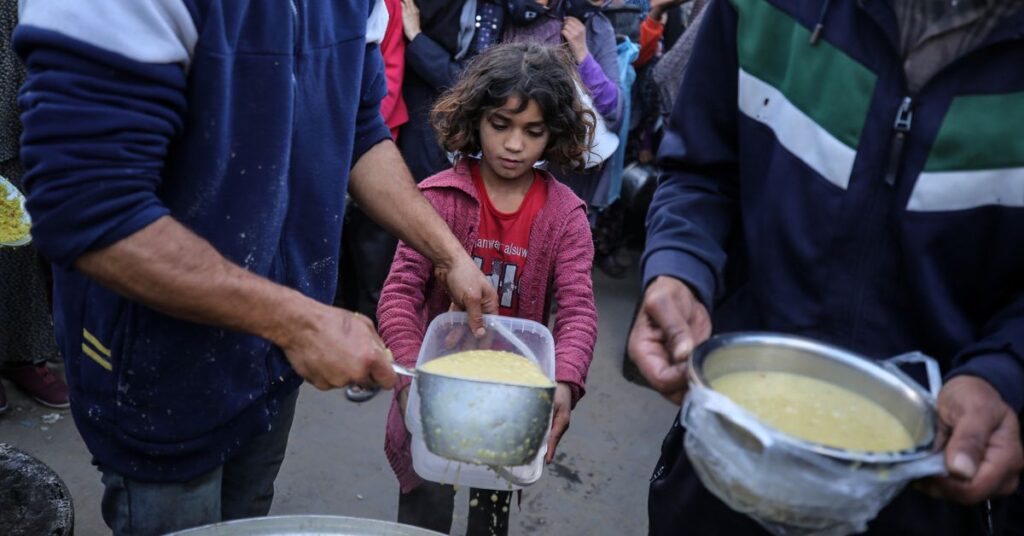Every resident of Gaza is at risk of crisis levels of food insecurity — and half are at risk of famine.
Yes, you read that right: Nearly six months into the Israeli invasion after the October 7 attacks, every single Gaza resident is at risk of at least crisis-level food insecurity — defined as households having high levels of malnutrition or resorting to “irreversible” coping mechanisms like selling livestock or furniture to afford even an insufficient diet.
It’s a crisis that has unfolded at a speed utterly unprecedented this century — and also one that was repeatedly predicted and entirely avoidable if Israel were not placing severe restrictions on aid.
It comes as the United Nations Security Council (UNSC) passed a ceasefire resolution on March 25 that calls for the release of all hostage and an immediate cessation to all hostilities for the remainder of Ramadan. All members of the UNSC voted in favor of the resolution — which also demands increased humanitarian aid to Gaza — except for the US, which abstained.
The Integrated Food Security Phase Classification (IPC), the primary organization tracking food insecurity worldwide, defines five levels of food insecurity: Phase 1 (minimal), Phase 2 (stressed), Phase 3 (crisis), Phase 4 (emergency), and finally, Phase 5 (famine). More than 1 million people in Gaza could face famine by mid-July if a Rafah escalation occurs, according to a new IPC report.
Soon, “more than 200 people [will be] dying from starvation per day,” a UN aid spokesperson told reporters last week.
Prior to the October 7 attacks on Israel, the Israeli government tightly controlled the flow of goods entering Gaza, having ramped up oversight since Hamas took over the territory in 2007 and created what many international law experts call a de facto occupation. Then, two days after the Hamas attacks, Defense Minister Yoav Gallant ordered a “complete…
Read the full article here





